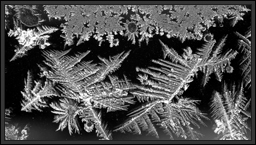Detergents
Glassware may look clean, but can have an invisible film or odor that can destroy the flavor and aroma of beer. Glassware issues originate from sources such as using the wrong detergents like dishwashing soap or bleach for disinfecting. Additionally, odors maybe acquired from chilling glasses with smelly food items.
- Assure that detergents and sanitizers are beer glass friendly. More chemicals are not necessarily better. Always clean sinks and change solutions before each shift.
- Always dry glassware completely prior to placing in chilled storage areas. Place the glassware on a clean raised grated surface to allow for proper drainage and to accelerate drying. This is critical to allow the sanitizer sufficient contact time to disinfect the glassware. If a beer is dispensed into glasses prematurely, before they have dried properly, unhygienic conditions may exist.
- Dedicate chiller’s for beer glasses only, do not store food goods with glassware.
Glass Chillers
Beer-friendly glasses are chilled NOT frozen. The idea is to have the glass pre-chilled to a temperature that is close to the beer systems pour temperature so the glass does not raise the drink temperature. Most beers are not designed or intended to be served below 38 Deg. (F.). If a beer is too cold the temperature will mask the taste and aroma of the product.
ICE ON GLASSWARE IS BAD!

Ice crystals are sharp and pointed, beer is a very unstable fluid. The beer has a hard enough time trying to hang on to the Co2 molecule (the bubble). Pour that beer over a frosted or icy glass and the sharp ice crystals will pop the Co2 bubble. This causes foaming (in the glass). Glassware should be chilled to between 38-40 Deg. (F.).

